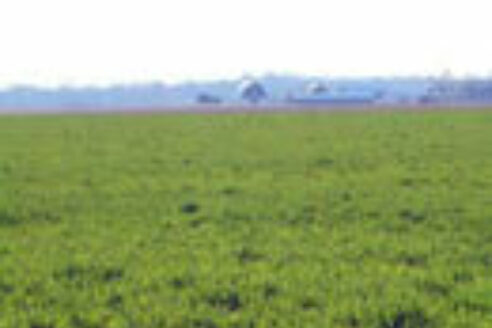Tagged Stories: "cover crops"
Alternative energy powers a Virginia farm
December 19, 2019Riverhill Farm attracts national attention for sustainable and economically friendly practices
Read story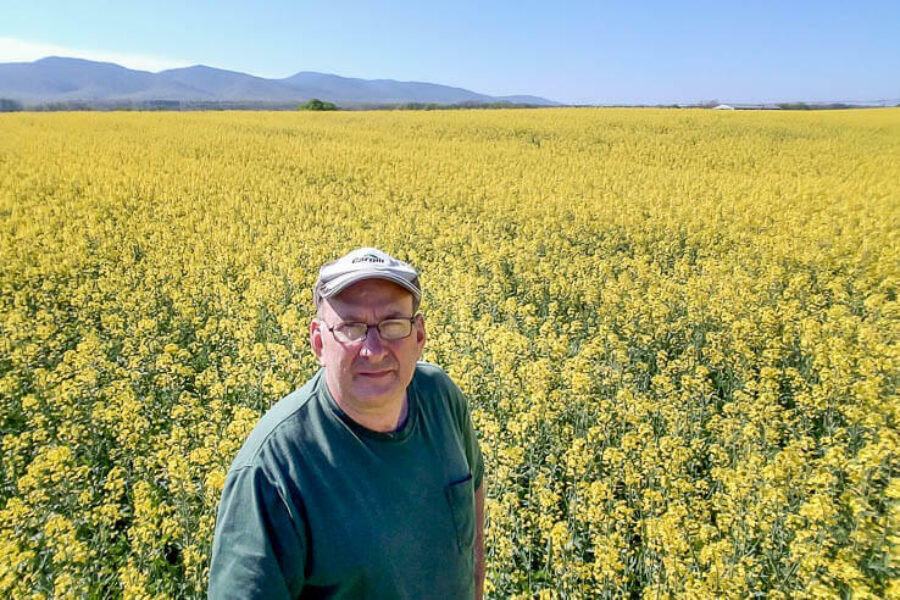
Recent agricultural census shows conservation practices are on the rise
May 23, 2019Farmers are increasingly using cover crops, no-till and reduced tillage
Read story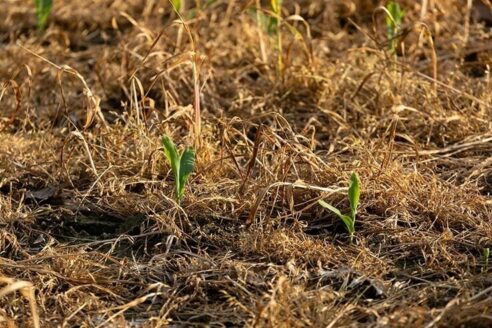
Going under cover to reduce pollution
January 3, 2019Cover crops are one of the many ways farmers are reducing pollution
Read story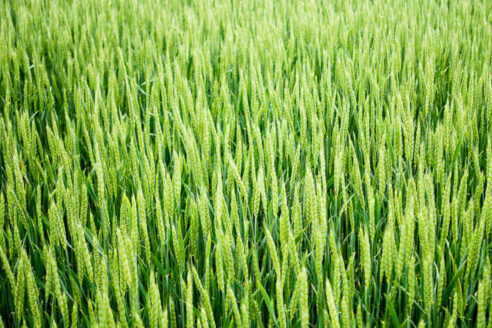
There’s no separation anxiety at this Pennsylvania farm
February 21, 2018The family operation adopts unique technology and a spirit of innovation in a county named for Ben Franklin
Read story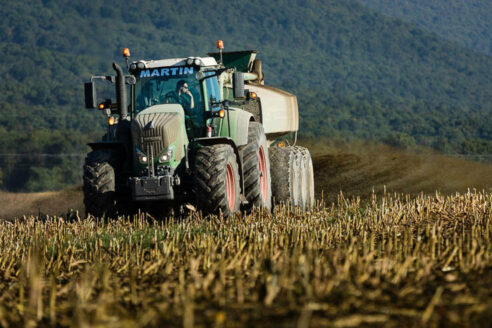
Science shows restoration work can improve local water quality
February 25, 2014Case studies show best management practices have lowered pollution in the Chesapeake Bay.
Read story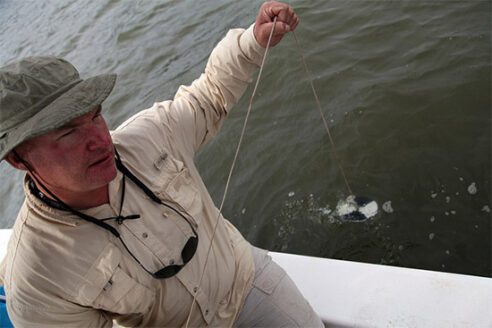
Sustainable farming in Lancaster County, Pa.
August 1, 2012Dairy farmer Luke Brubaker's sustainable agriculture practices ensures his land will stay in the family for generations to come.
Read story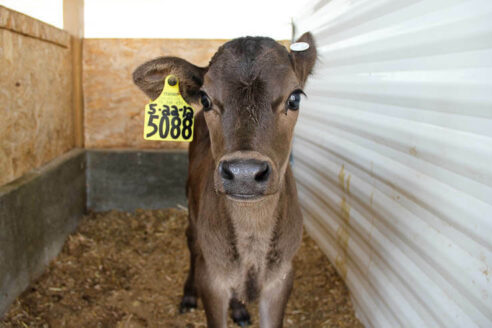
Md. farmers plant record acreage of pollution-reducing cover crops
February 22, 2012Farmers planted nearly 430,000 acres of cover crops in fall 2011, the largest planting in Md. history.
Read story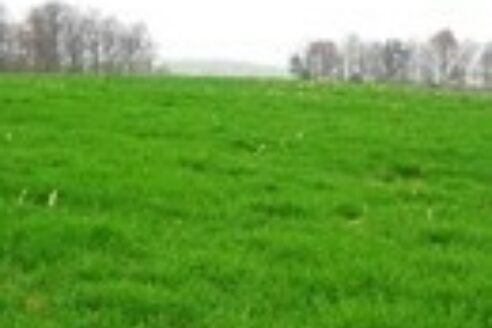
Maryland farmers to plant record cover crop acreage in 2011
August 17, 2011More than 1,700 Md. farmers will plant 550,000 acres of winter grains this fall through the state's Cover Crop Program.
Read story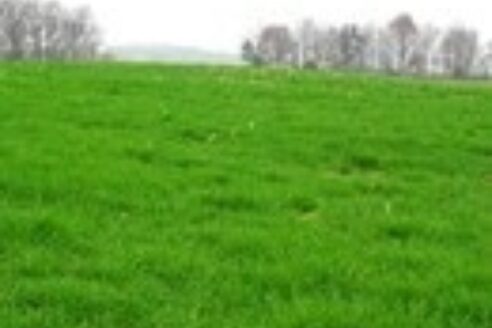
Maryland Farmers Plant Record Amount of Cover Crops in 2010
January 31, 2011Maryland farmers planted a record 398,679 acres of cover crops on their farms last fall, exceeding the state's cover crop goal.
Read storyMaryland farmers to plant record acreage of cover crops this winter
July 5, 2010Maryland farmers will plant more than 500,000 acres of winter grains
Read story